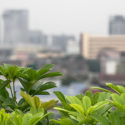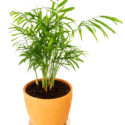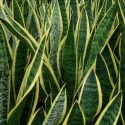Although we mostly create them to be ornamental, our gardens contain various species of flowers that are completely edible. Here are some mouth-watering examples. With the addition of flowers, your summer dishes will be both original and colourful!
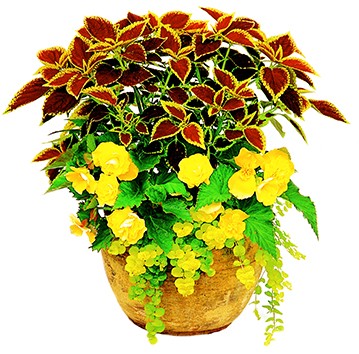
Photo 1: ‘Yellow’ Nonstop® Begonia (Begonia Nonstop® ‘Yellow’)
The blooms of most begonias (Begonia) can be eaten. In addition to being crispy, they have a slightly acidulous taste which perfectly goes together with fruit or vegetable salads, including cucumber salads. Furthermore, some begonia species apparently possess medicinal properties. In Central and South America, they are used to create syrups and infusions to cure the cold, and decoctions to prevent gastric ulcers. Of all cultivars, tuberous begonias assuredly produce the most decorative flowers. The large double blooms of the begonia cultivars from the famous Nonstop® series provide a lot of richness to the dishes they are added to.
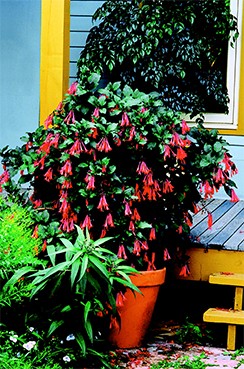
Photo 2 Fuchsia ‘Gartenmeister Bonstedt’
Also, with their warm- and bright-coloured flowers, fuchsias (Fuchsia) add both luxuriance and exoticism to gardens… and dishes! Indeed, the flowering of fuchsias is not only decorative, it is also edible. It adds colour to salads, cakes, and several other types of desserts. However, before using them, take care to remove the green parts from off the flower tops and also remove their pistil and stamens.
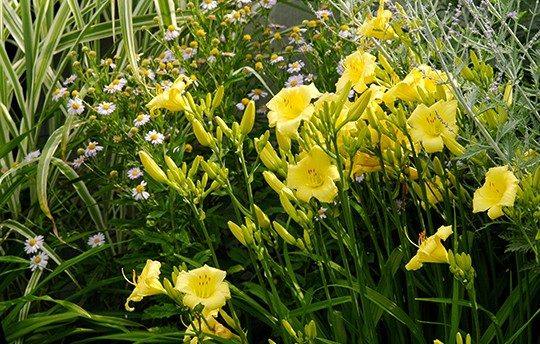
Photo 3 Hemerocallis ‘Happy Returns’
Known for its vigour, sturdiness and beautiful flowering, the daylily has been used for culinary and medicinal purposes for centuries in Asia. Its roots are used to make medicines and its blooms serve various purposes. Its sweet taste is a great addition to desserts. It is also possible to mince the petals to create sauces or potages. Personally, the daylily’s taste is best expressed in an appetizer consisting of petals stuffed with hummus and closed up with a tied chive stem.
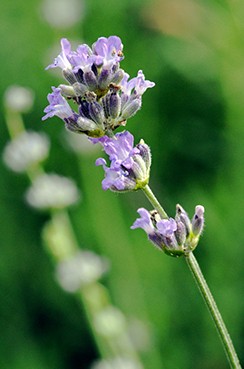
Photo 4: Lavandula angustifolia
The beautiful lavender (Lavandula angustifolia) is a plant whose blooms are completely edible. Its highly aromatic flowering starts at the beginning of summer and lasts for several weeks. Its blooms have a scented taste which goes perfectly well with fish, especially trout and salmon. They can also be used to flavour some desserts, including crème brûlée.
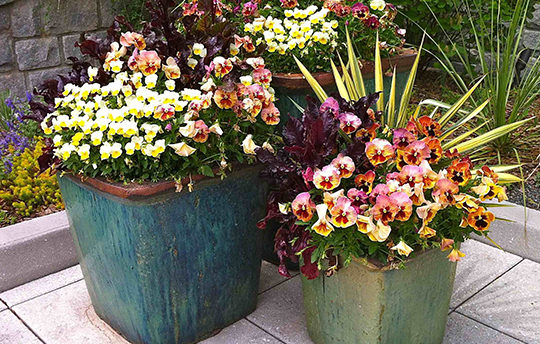
Photo 5 Viola x wittrockiana Delta® ‘Premium Persian Medley’ + Viola cornuta Penny™ ‘Primrose Bicolor’
Finally, pansies (Viola x wittrockiana) bear flowers whose slightly sweet taste perfectly accompanies most desserts. Also, as pansies are sturdy, vigorous annuals which can withstand cold temperatures, they can be grown and harvested as early as April, and this, until late November.
Warning
Not all garden flowers are edible; some, such as the monkshood (Aconitum) and lily of the valley (Convallaria majalis), are even very toxic. Before eating a plant, regardless of the selected part, we must always make sure it was properly identified and that it is edible. In doubt, refrain from eating it. It is also important to eat only flowers that were grown without pesticides or other chemical products.
